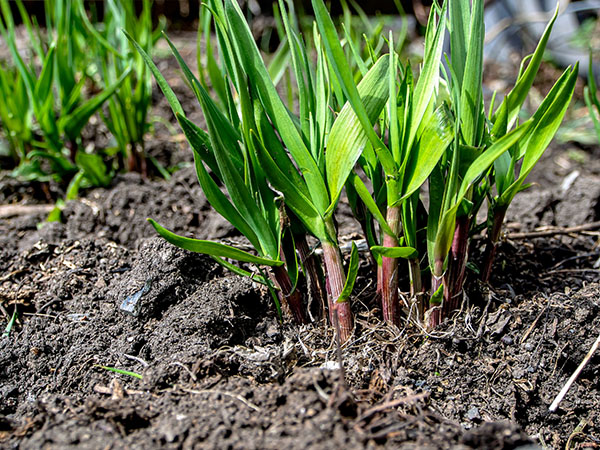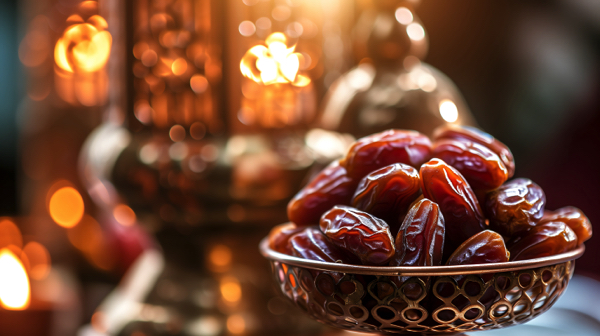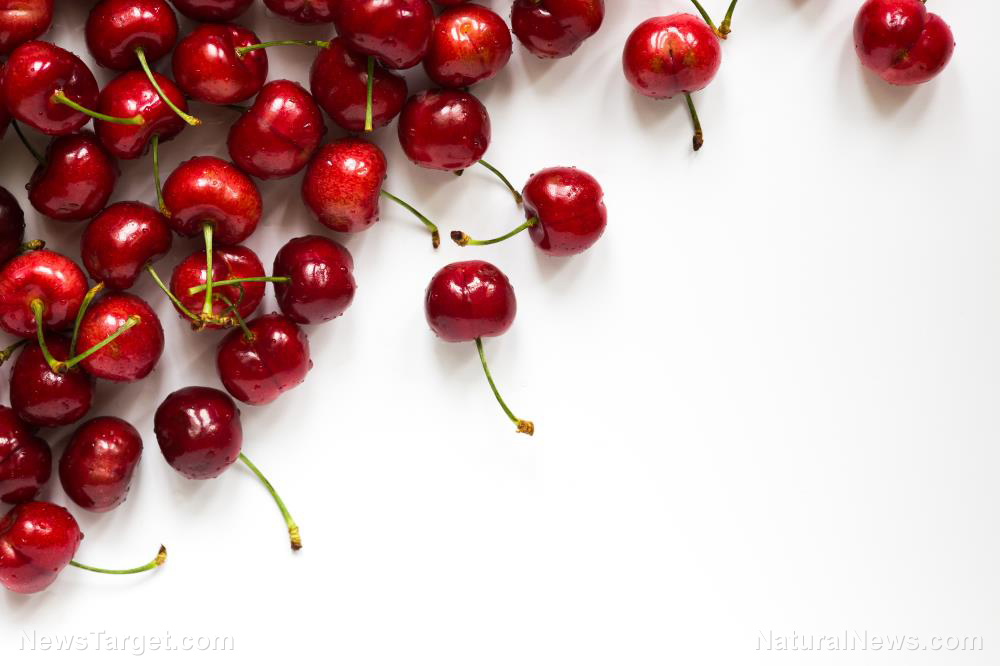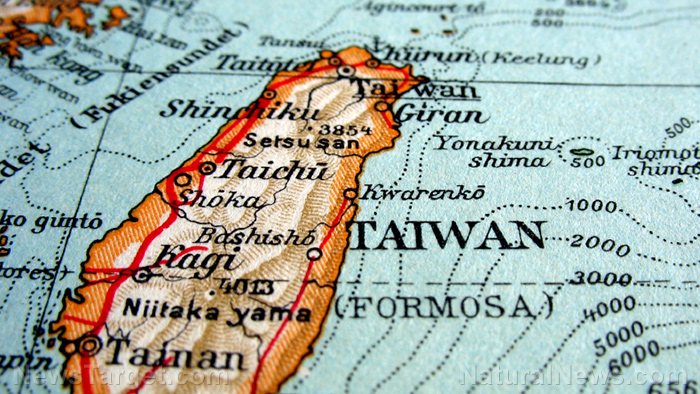
- Every part of a wild onion (bulb, leaves, root) is edible raw, but cooking is still advisable as it reduces bitterness and bacterial contamination risk.
- Toxic plants like death camas resemble wild onions; crushing wild onion leaves to check for an onion/garlic scent helps with identification, but visual confirmation is critical.
- Low in calories but rich in vitamins (B-complex, C) and minerals (iron, potassium), wild onions are best used to supplement other food sources.
- Misidentification is deadly. Other concerns include foodborne illness, allergies and sulfite sensitivity in pickled forms.
- Survival rule: Never eat wild plants unless you're 100 percent certain — correctly identified wild onions can aid survival when SHTF and you're stuck in the wild.
Identifying wild onions
Wild onions closely resemble store-bought onions in taste, though their flavor can range from mild to intensely sharp, sometimes resembling garlic. Every part of the wild onion plant — leaves, bulbs and roots — is edible raw, although culinary preferences lean toward cooking wild onions to reduce their bitterness and the potential risk of bacterial contamination. When foraging wild onions, the real danger lies in mistaking these bulbs for toxic doppelgängers like death camas, a deadly plant that can cause vomiting, heart arrhythmia and death. Experts emphasize: Never consume a wild plant unless you're absolutely certain of its identity. Crushing a leaf and sniffing for the signature onion-garlic scent of wild onions is a preliminary test you can perform for identification, but visual confirmation (such as recognizing the bulb's papery husk) is essential.Nutritional benefits, sources and risks
Wild onions are packed with vitamins (especially B-complex and C) and minerals (iron, potassium and magnesium) but offer scant calories—meaning they won't sustain energy long-term. The value of wild onions lies in supplementing other foraged foods or game, helping prevent micronutrient deficiencies. Cooking diminishes the nutrient content of wild onions but kills pathogens and eases digestion — a trade-off worth considering in dire situations. Wild onions are resilient plants that thrive in diverse environments, from meadows to forests and marshlands. In North America, they can be found in abundance along the East Coast, the South (particularly Florida to Alabama) and the Midwest. Their ubiquity makes wild onions a reliable, if not filling, emergency food source. (Related: Daniel Vitalis on Decentralize TV: Decentralizing your food supply through foraging wild foods.) Beyond misidentification, the potential risks of foraging wild onions include:- Foodborne illness – Raw plants may harbor harmful bacteria; washing or cooking reduces this risk.
- Allergic reactions – Onions can trigger swelling, itching or even anaphylaxis in rare cases.
- Sulfite sensitivity – Pickled wild onions (or any pickled allium vegetable) may provoke asthma attacks due to sulfites.
More related stories:
Top 10 edible roots to help keep you alive and healthy in a survival situation. Survival food: More wild edible roots you can hunt and gather. Foraging tips: 17 Wild foods to forage for your winter stockpile. Ten wild edibles in North America that could save you in a survival situation. Sources include: Brighteon.ai ModernSurvivalOnline.com Brighteon.comRediscovering an herbal revolution: Rosemary Gladstar’s “Herbs for Natural Beauty”
By Belle Carter // Share
A controversial journey into natural healing: “Herbs Against Cancer” by Ralph W. Moss
By Belle Carter // Share
Pantry powerhouse: Why Organic Date Sugar belongs in every kitchen
By HRS Editors // Share
Seven health benefits of sweet cherries
By News Editors // Share
Trump task force streamlines D.C. gun permit process in crime crackdown effort
By Laura Harris // Share
A viral video ignites federal firestorm over Minnesota fraud
By willowt // Share
Russia activates "unstoppable" Poseidon tsunami drone
By kevinhughes // Share
Russian FM Lavrov: Moscow will back China on Taiwan issue
By ramontomeydw // Share
The breakfast clock: Why timing your morning meal is a secret weapon against high cholesterol
By jacobthomas // Share
The Health Ranger's New Year Revolution: The ultimate guide to health, wealth and freedom
By kevinhughes // Share
"Absolute Healing" on BrightU: Experts explore COVID-19 as an engineered bioweapon
By jacobthomas // Share











